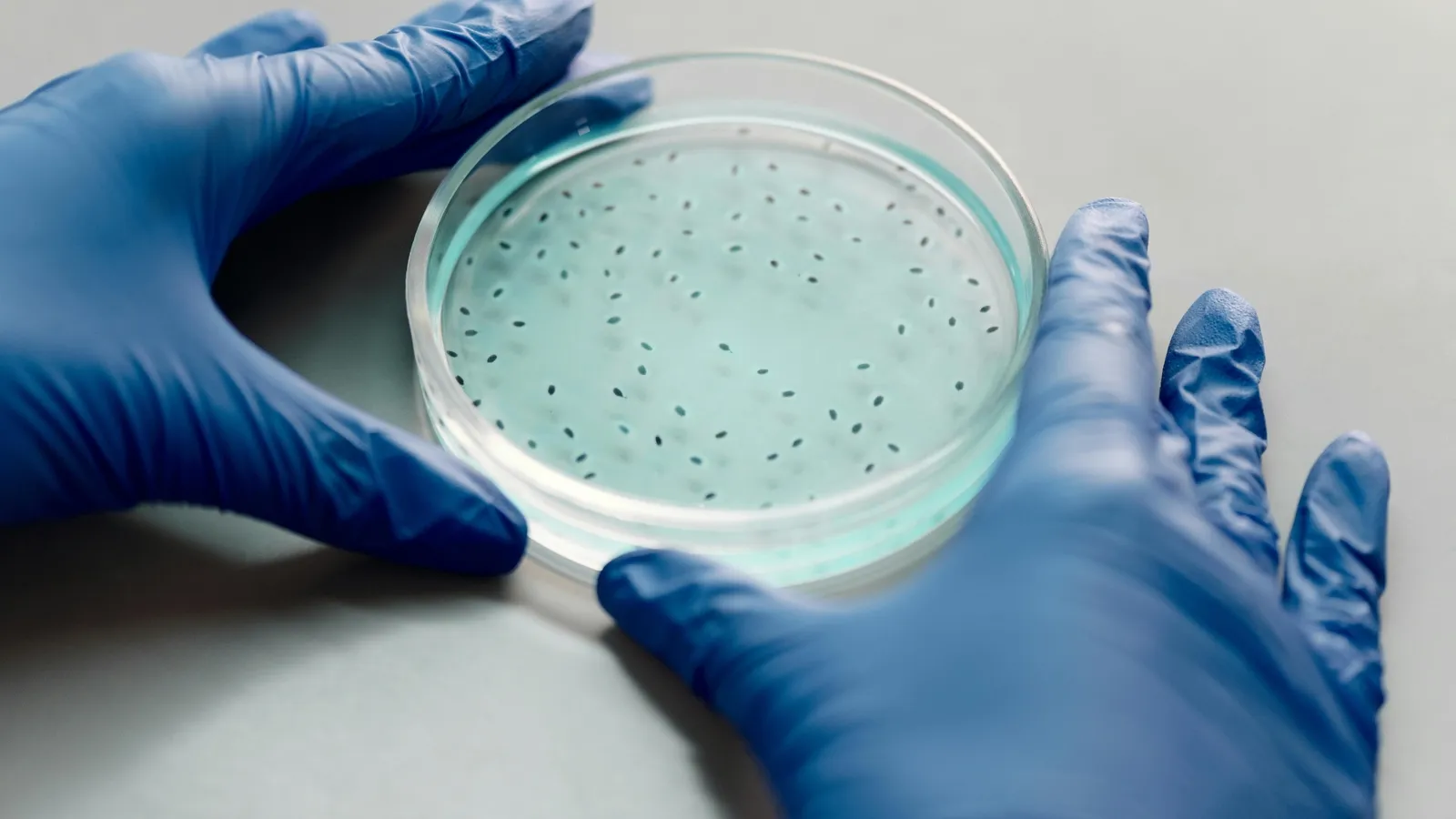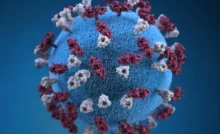A groundbreaking study by researchers at Rutgers University has shown that a weekly injection of tirzepatide, a medication traditionally used to treat diabetes and obesity, could potentially replace the painful daily injections currently used to manage a rare genetic disorder known as congenital generalized lipodystrophy (CGL). CGL, a condition that affects a small number of people worldwide, is marked by an almost complete absence of fat tissue in the body. This leads to severe metabolic complications, including insulin resistance, diabetes, and a significantly reduced life expectancy due to the inability to store fat properly.
Currently, the standard treatment for CGL is a daily injection of metreleptin, a synthetic form of leptin, the hormone naturally produced by fat cells. Leptin plays a crucial role in regulating metabolism by helping to balance energy levels and fat storage. However, since individuals with CGL have little to no fat tissue, they are unable to produce leptin naturally, making the synthetic version necessary for their survival. While metreleptin is essential for managing the disease, it is both costly and painful. These daily injections are administered into fat tissue, which CGL patients lack, meaning the injections must be given directly into muscle or other tissues, leading to significant discomfort.
In an innovative approach to easing the burden on CGL patients, researchers turned to tirzepatide, a medication that targets insulin resistance and is already approved for treating diabetes and obesity. Tirzepatide mimics the action of GLP-1, a hormone that helps regulate insulin production and glucose levels in the body. Unlike leptin, GLP-1 is not produced by fat cells, but it works in the brain to help control metabolic processes, particularly in relation to insulin sensitivity. The study sought to determine whether tirzepatide could help control the metabolic issues associated with CGL, including insulin resistance, without the need for painful and expensive daily leptin injections.
The initial results of the study were promising. One of the first patients to participate in the trial was a 23-year-old man who had refused the daily leptin injections for two years due to the pain and inconvenience they caused. After just three weeks on tirzepatide, his blood glucose levels, which had previously been elevated at an average of 252 milligrams per deciliter, dropped to a normal range of 128 milligrams per deciliter. Remarkably, his blood glucose levels remained within the healthy range in 93% of readings, suggesting that the tirzepatide was effectively controlling his insulin resistance without the need for additional insulin injections.
Another patient, a 64-year-old woman who had been using both leptin and insulin to control her blood glucose levels, also experienced significant improvement with tirzepatide alone. Not only did her glucose levels normalize, but they did so without the need for supplemental insulin, marking a major breakthrough in her treatment. This patient’s case was particularly surprising to the researchers, as they had initially expected that removing leptin therapy would lead to a loss of glucose control. Instead, tirzepatide proved to be more effective than leptin alone, offering even better results.
These findings suggest that tirzepatide could provide a viable alternative to daily leptin injections, offering patients with CGL a more manageable treatment regimen. The potential benefits are not limited to convenience; tirzepatide is also significantly more affordable than metreleptin, which costs hundreds of thousands of dollars annually for a patient. This could make the treatment more accessible to individuals with CGL, many of whom already face financial hardships due to the cost of ongoing medical care for their condition.
While the results of the study are promising, researchers caution that more work is needed to fully understand the long-term effects of tirzepatide on CGL patients. The study involved only a small number of participants, and recruiting enough patients for larger trials will be challenging given the rarity of the condition. However, the researchers are optimistic that tirzepatide may offer a more effective and accessible treatment for individuals with CGL and potentially for other rare conditions caused by leptin deficiency. The study’s findings may also have broader implications for the treatment of insulin resistance and other metabolic disorders, particularly those that affect individuals with limited fat tissue.
One of the key challenges in treating CGL is the lack of fat tissue, which plays an essential role in metabolism and energy storage. Fat tissue helps regulate the body’s balance between energy intake and expenditure by producing hormones like leptin that signal the brain to control appetite and energy use. Without fat tissue, individuals with CGL experience extreme insulin resistance, making it difficult to regulate glucose levels and leading to the development of diabetes. Tirzepatide’s ability to improve insulin sensitivity by mimicking the action of GLP-1 offers a potential solution to this problem, allowing patients with CGL to better manage their blood glucose levels without relying on leptin.
Researchers also noted that while tirzepatide works through different signaling pathways than leptin, the two hormones may have more overlap in their effects than previously thought. Both leptin and GLP-1 signaling act on the brain to help regulate metabolic processes, suggesting that they could work synergistically to improve the health of CGL patients. Further studies will be needed to investigate how these two signaling pathways interact and whether a combination of the two therapies might be even more effective in managing CGL and other metabolic disorders.
The success of tirzepatide in treating CGL also highlights the importance of repurposing existing medications to treat rare and complex diseases. While many new drugs are developed specifically for a particular condition, researchers are increasingly looking at existing medications for new applications. Tirzepatide, for example, was originally developed for diabetes and obesity, but its ability to improve insulin resistance in CGL patients shows its potential in treating a variety of metabolic conditions. This approach not only speeds up the process of finding new treatments but also makes use of medications that have already been proven to be safe and effective in other contexts.
In the coming months, the researchers at Rutgers University plan to conduct larger clinical trials to further investigate the effectiveness of tirzepatide in CGL patients. If the results of these trials are consistent with the initial findings, tirzepatide could become a game-changer for individuals with this rare genetic condition. It would provide them with a more manageable and affordable treatment option, improving their quality of life and potentially extending their life expectancy. For now, the researchers remain optimistic that tirzepatide could offer a brighter future for patients with CGL and other leptin-deficient conditions.










